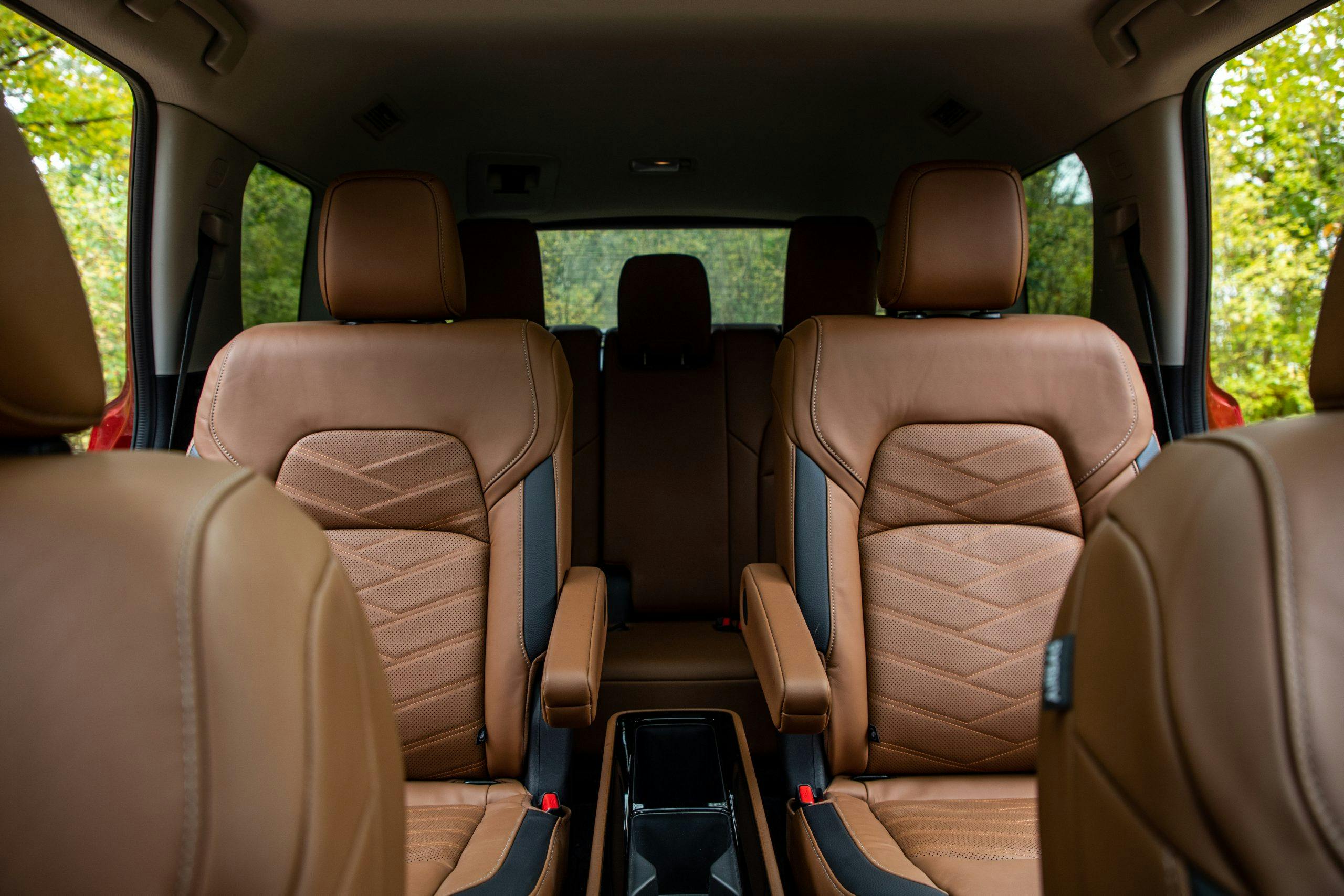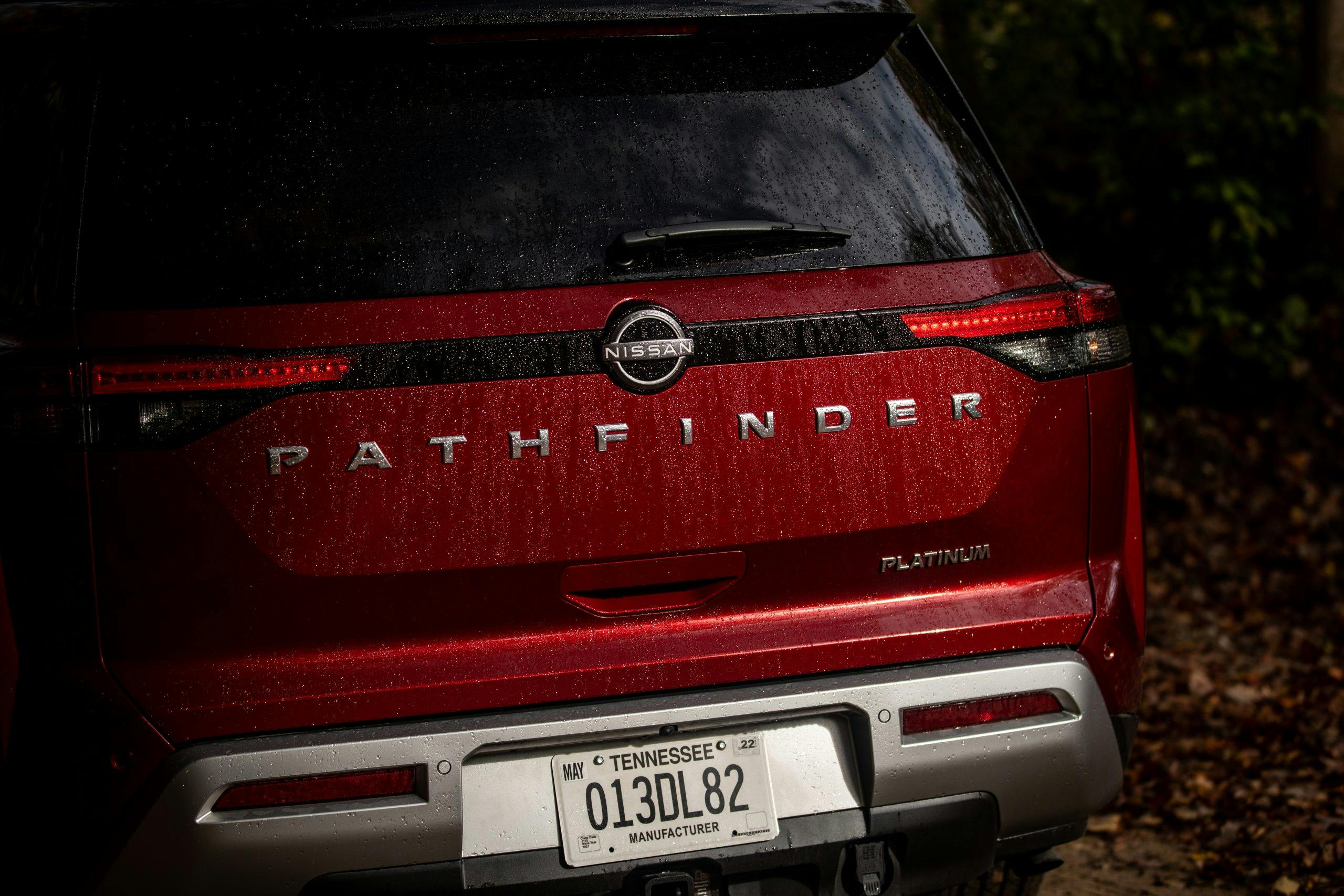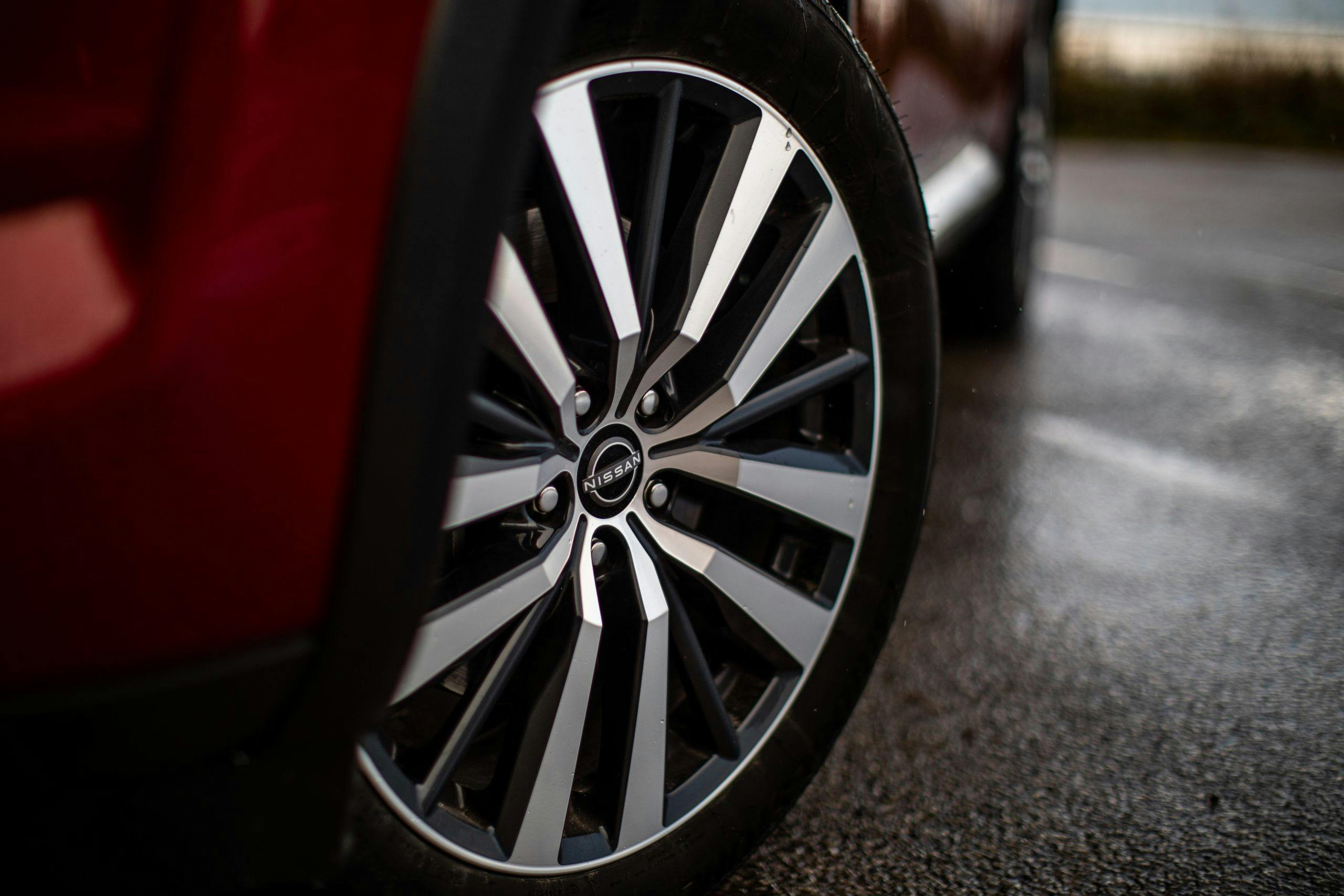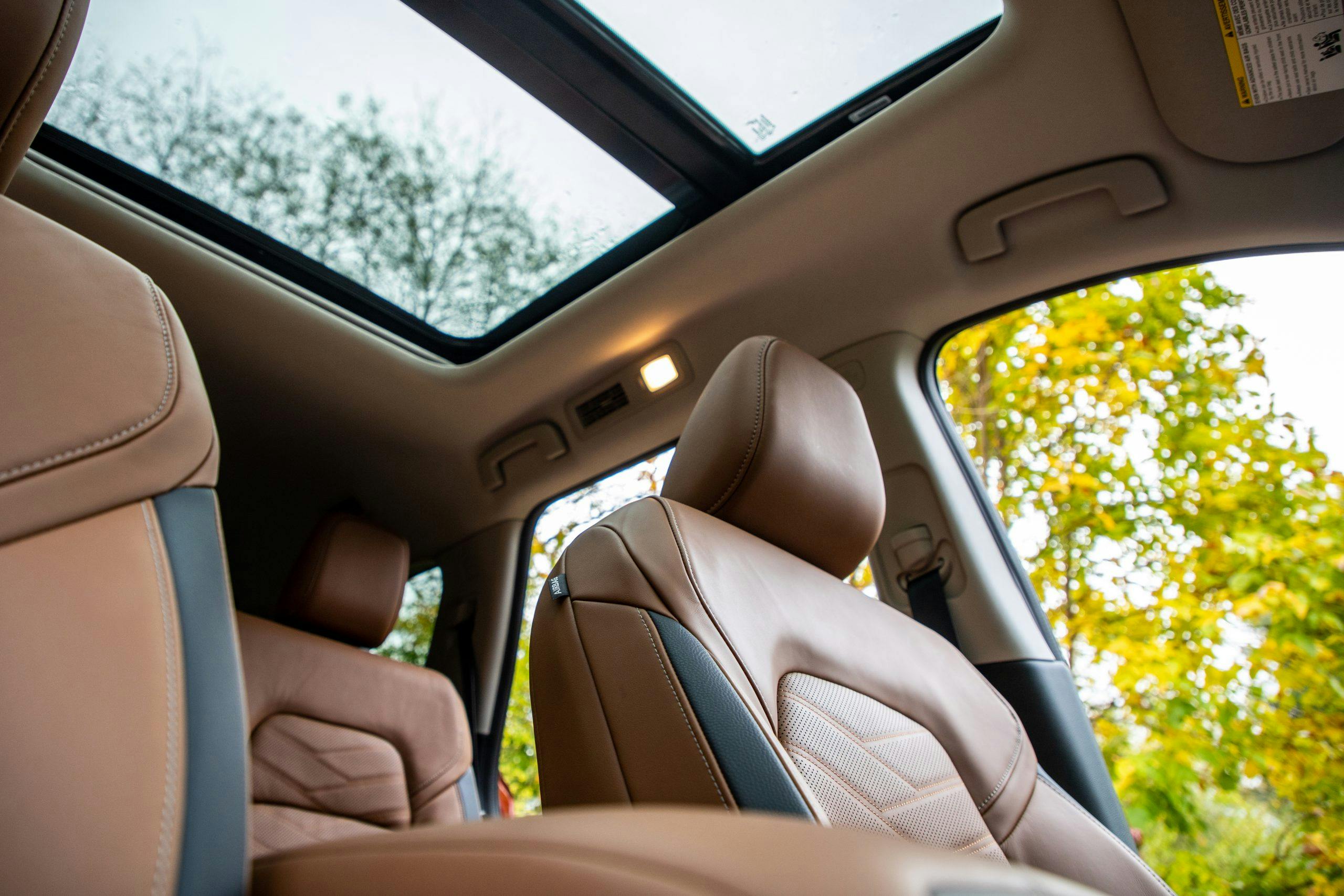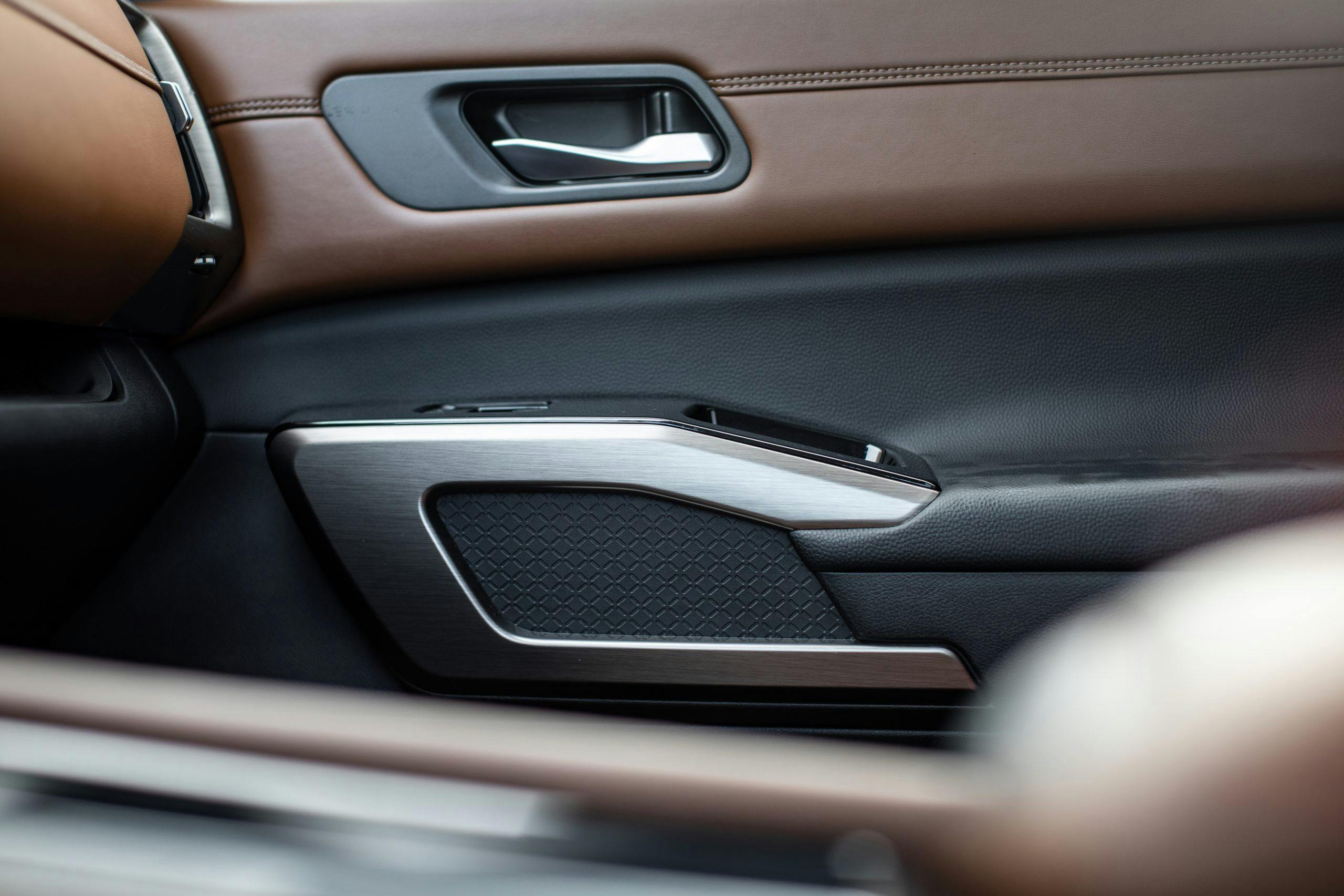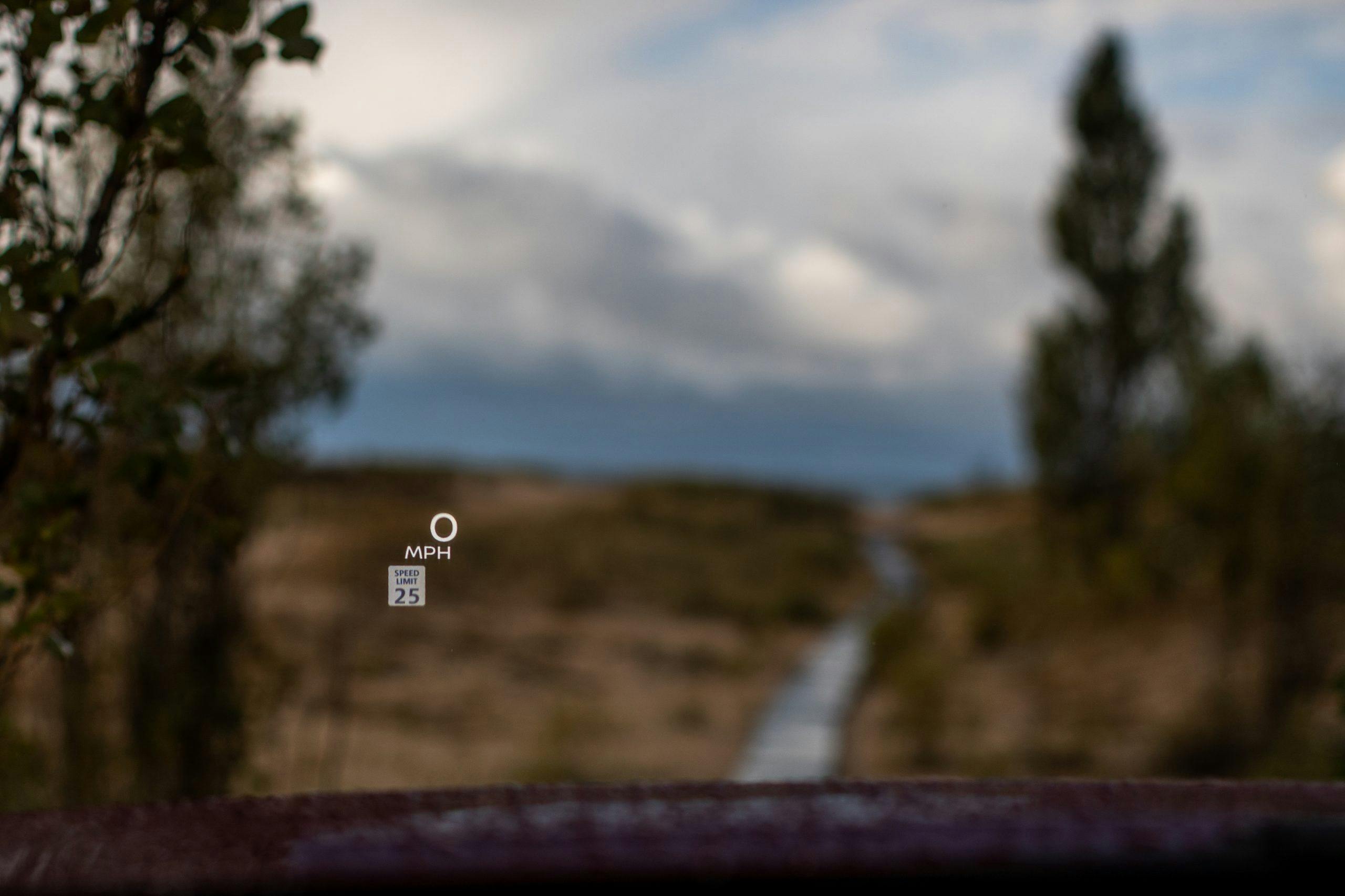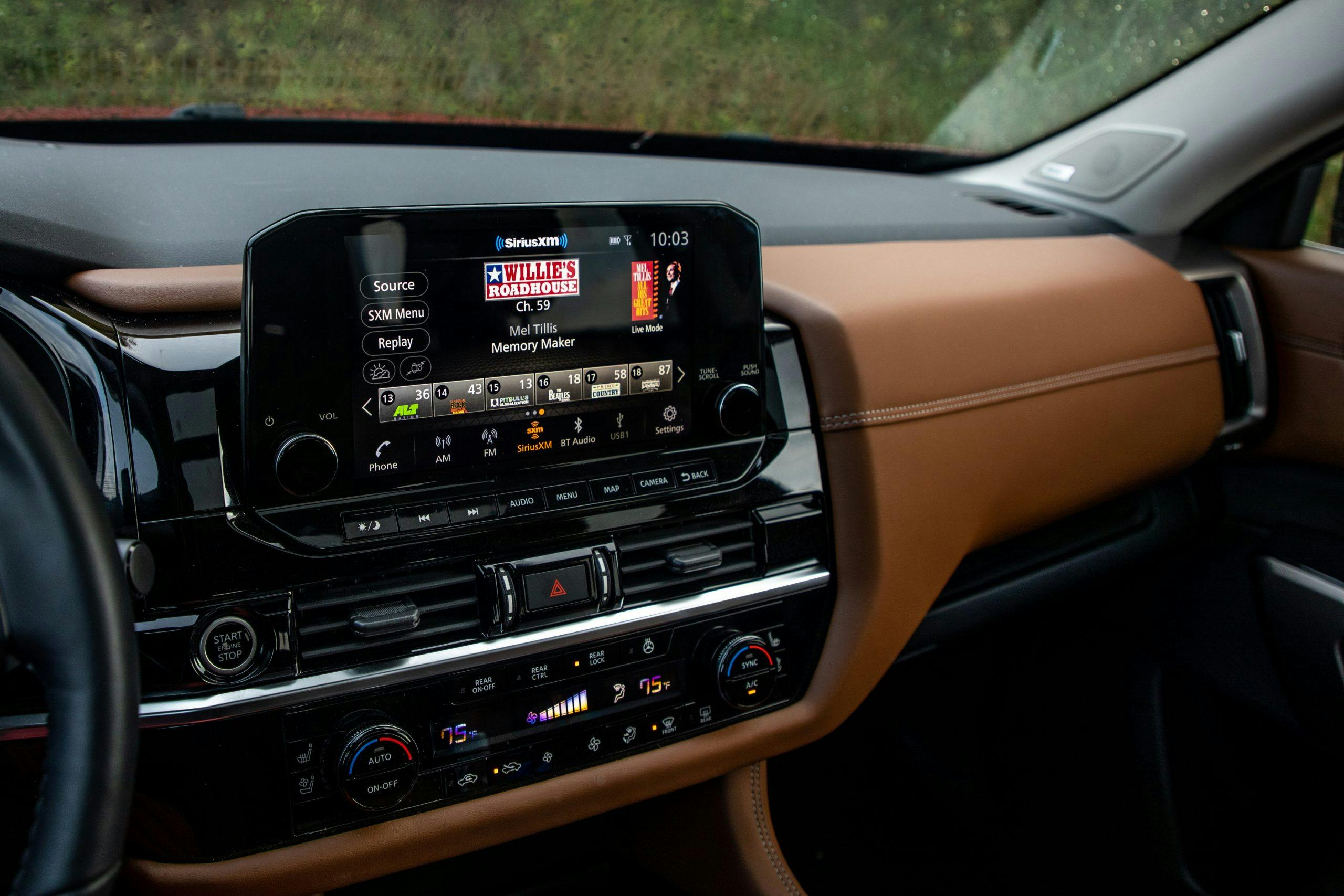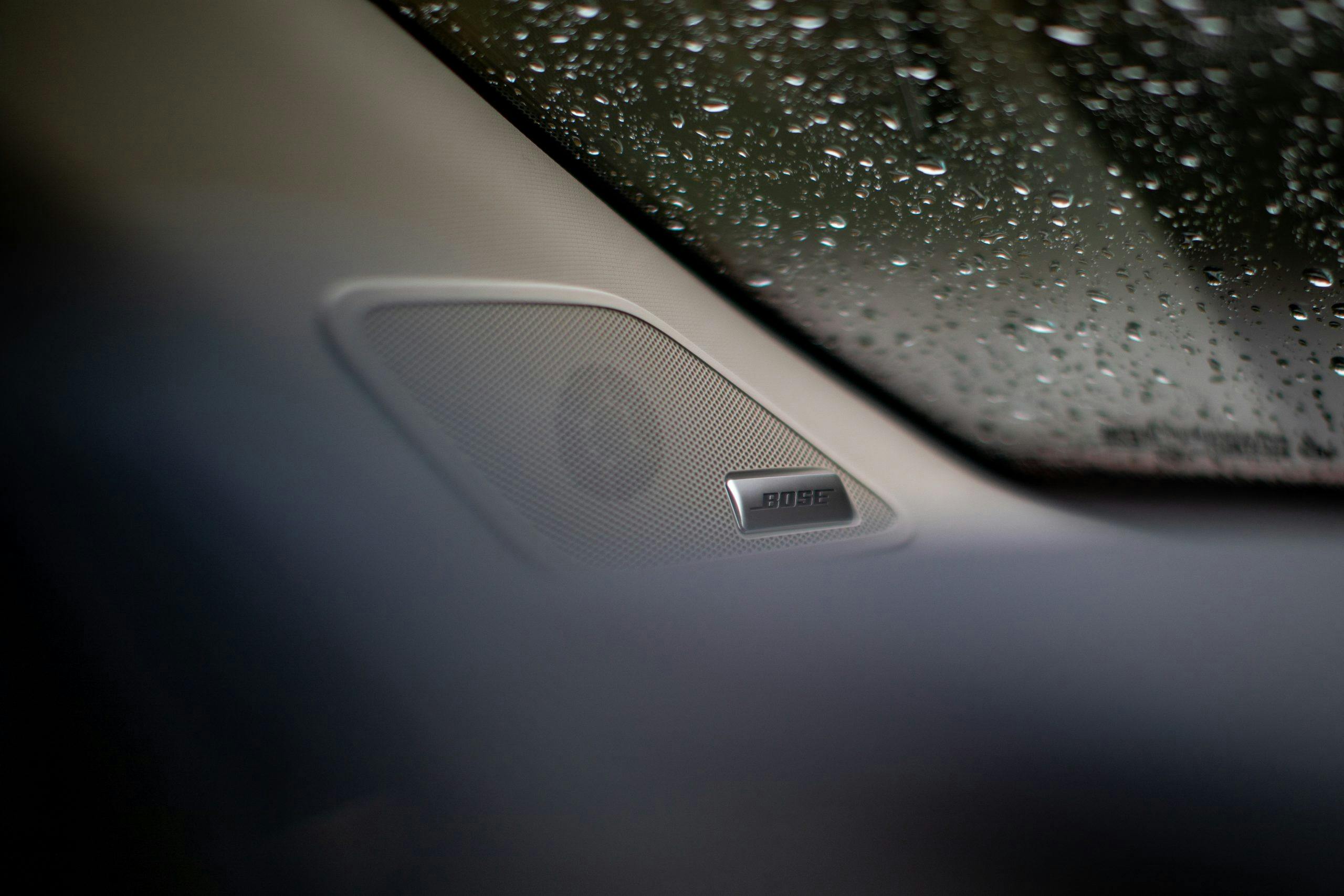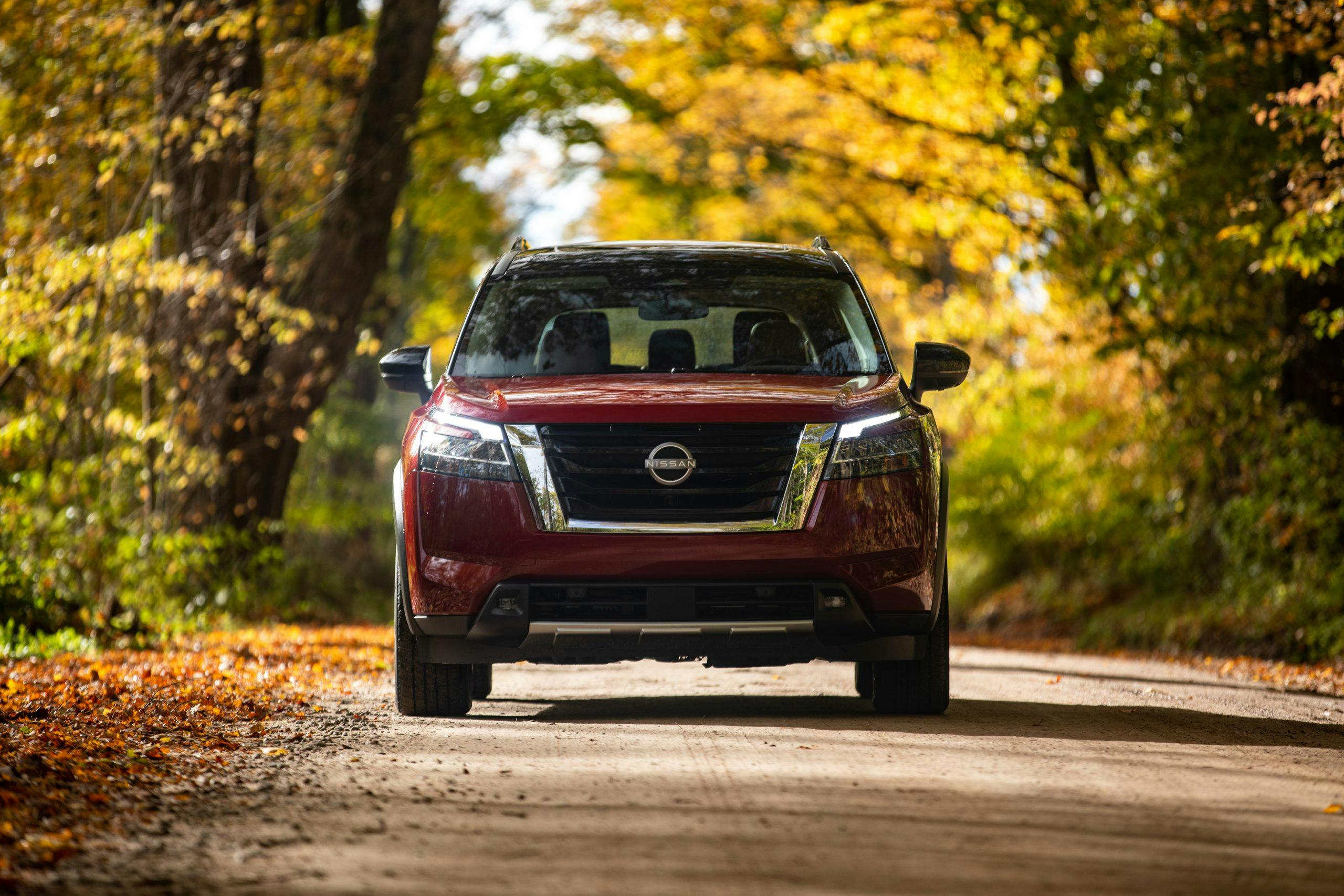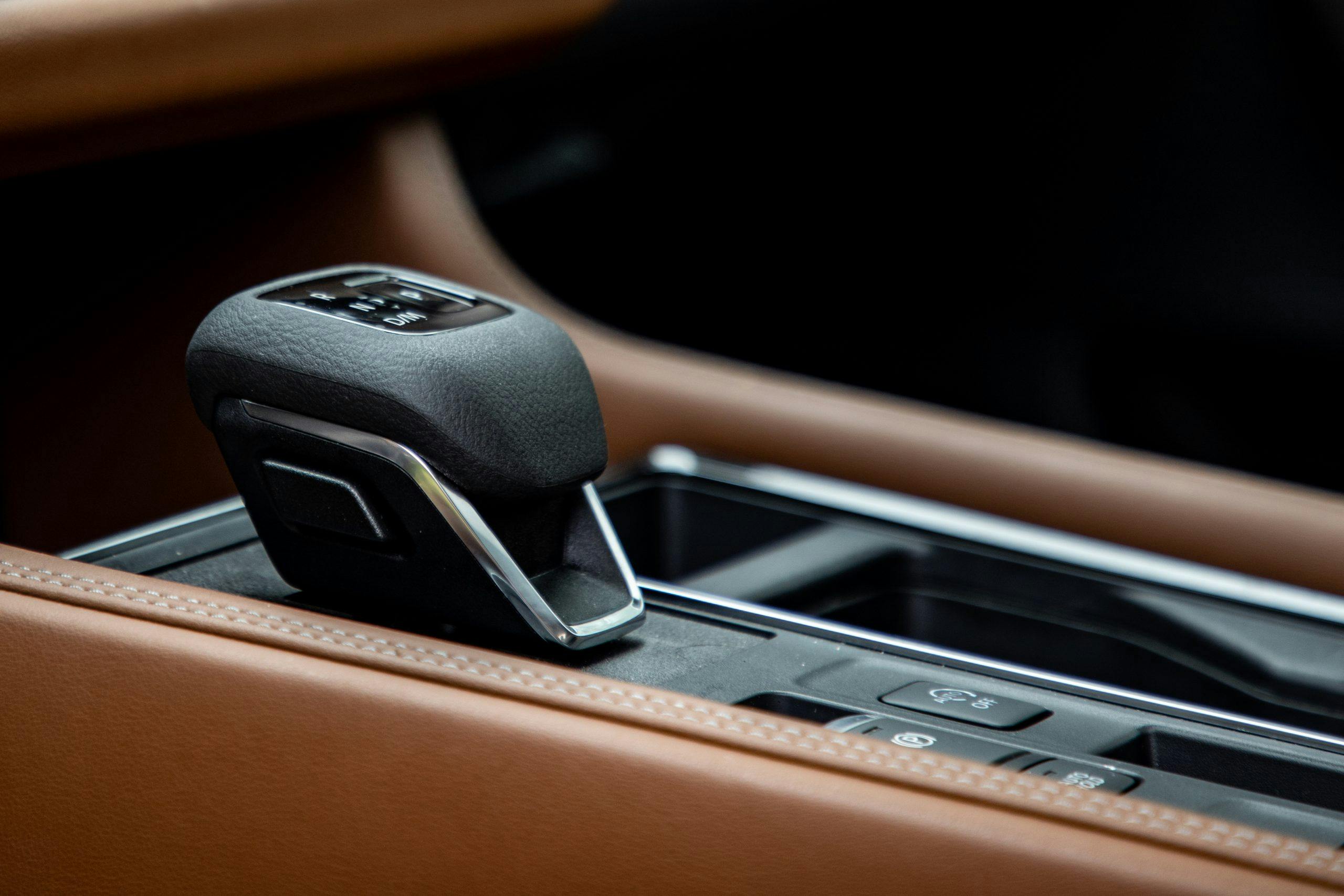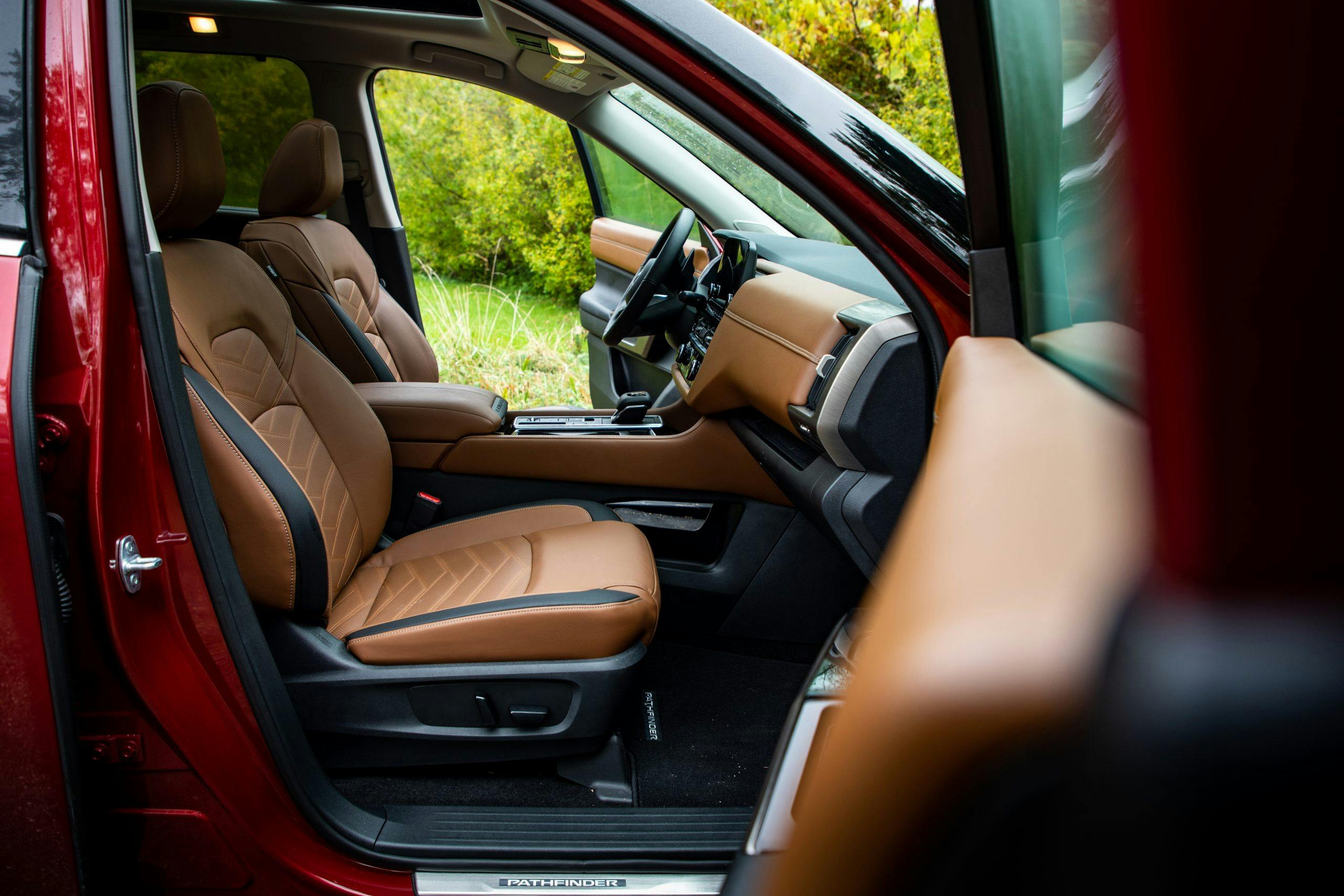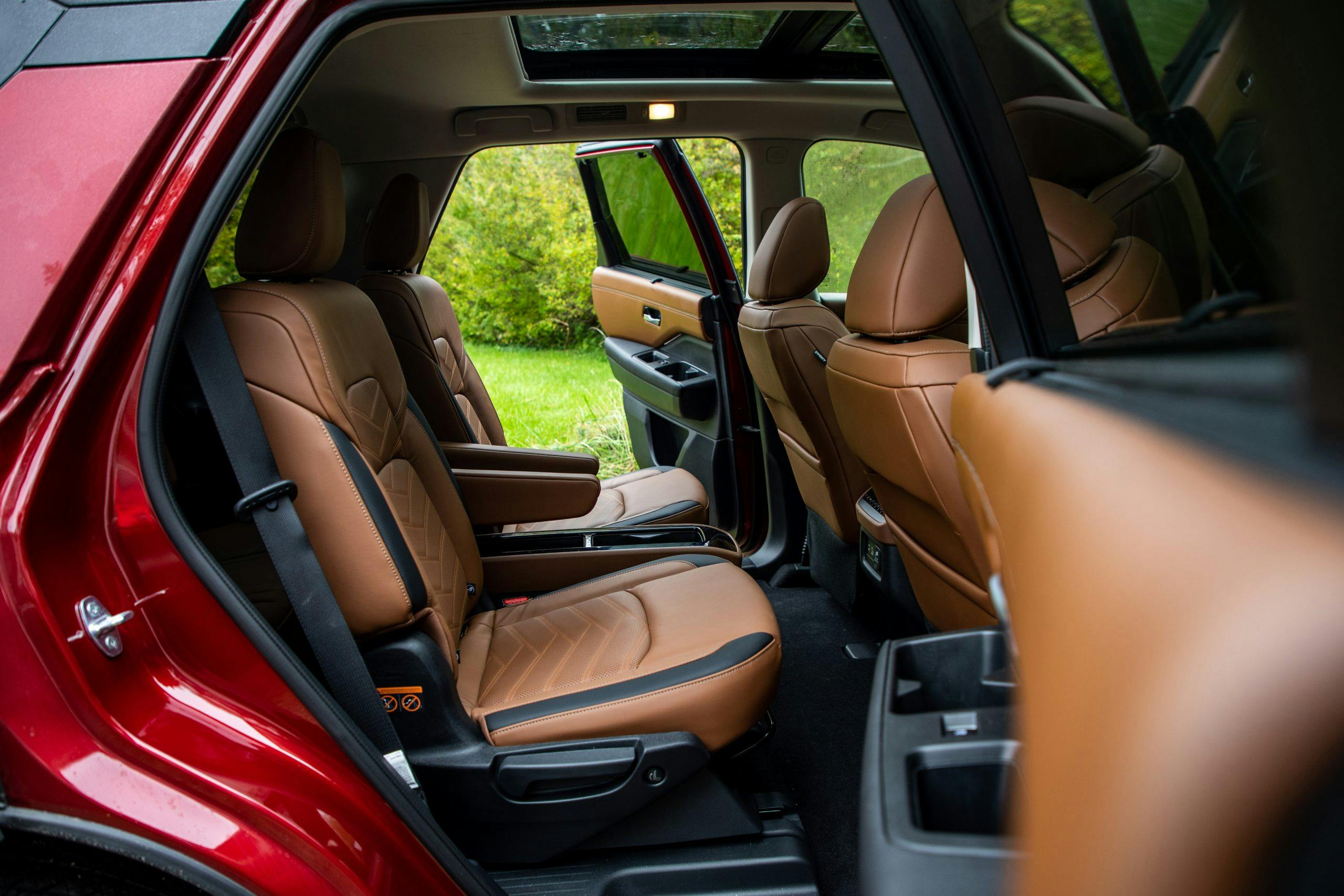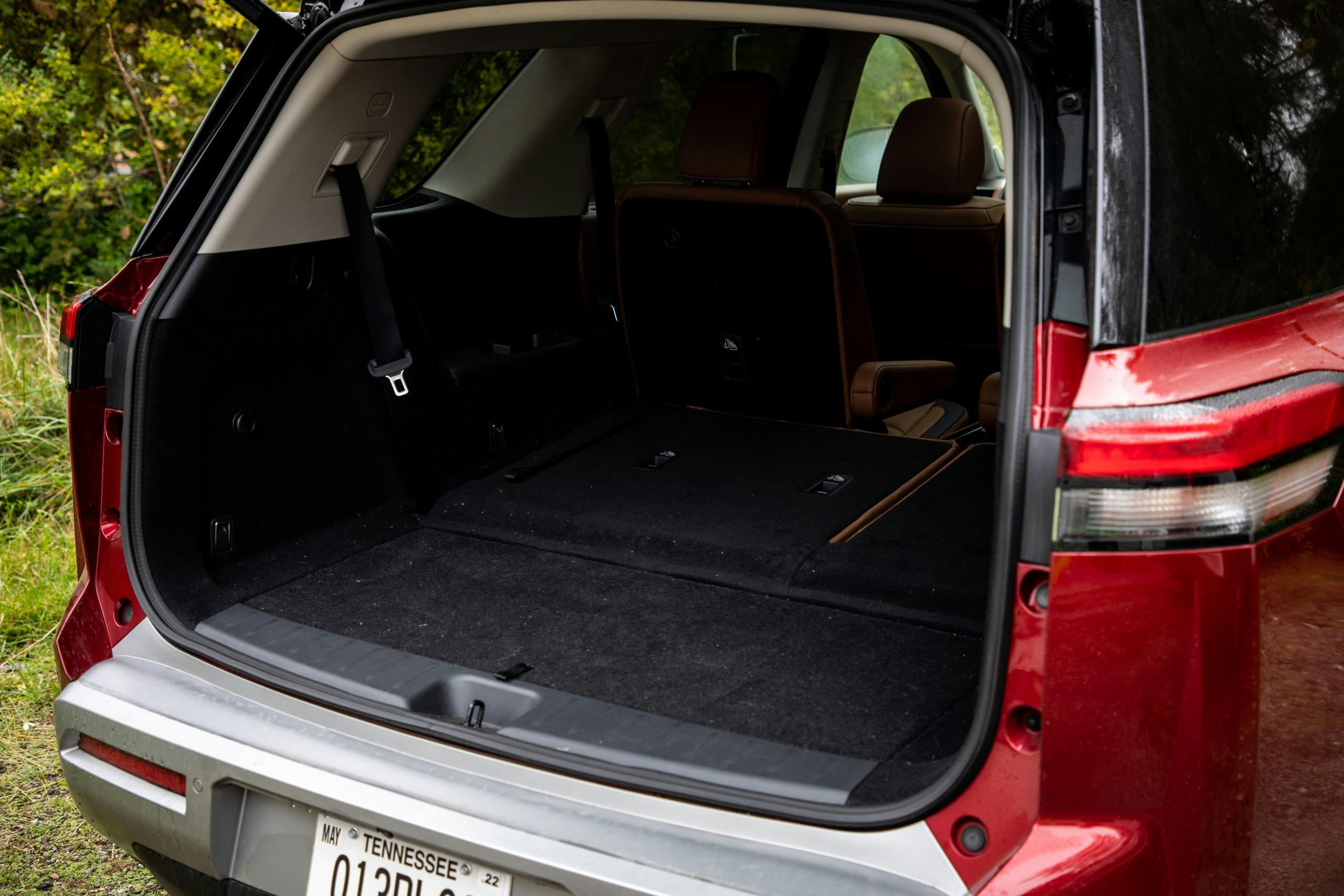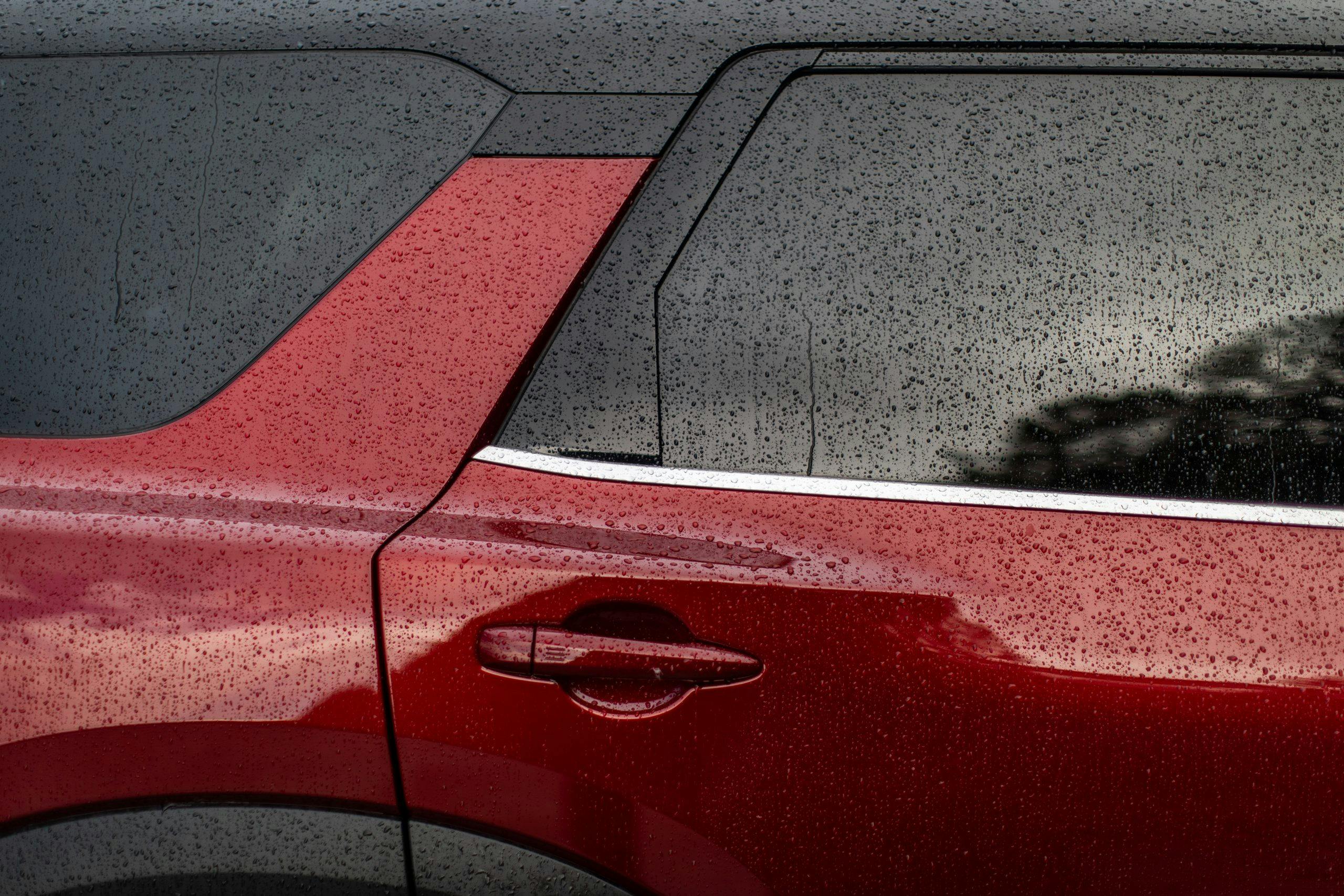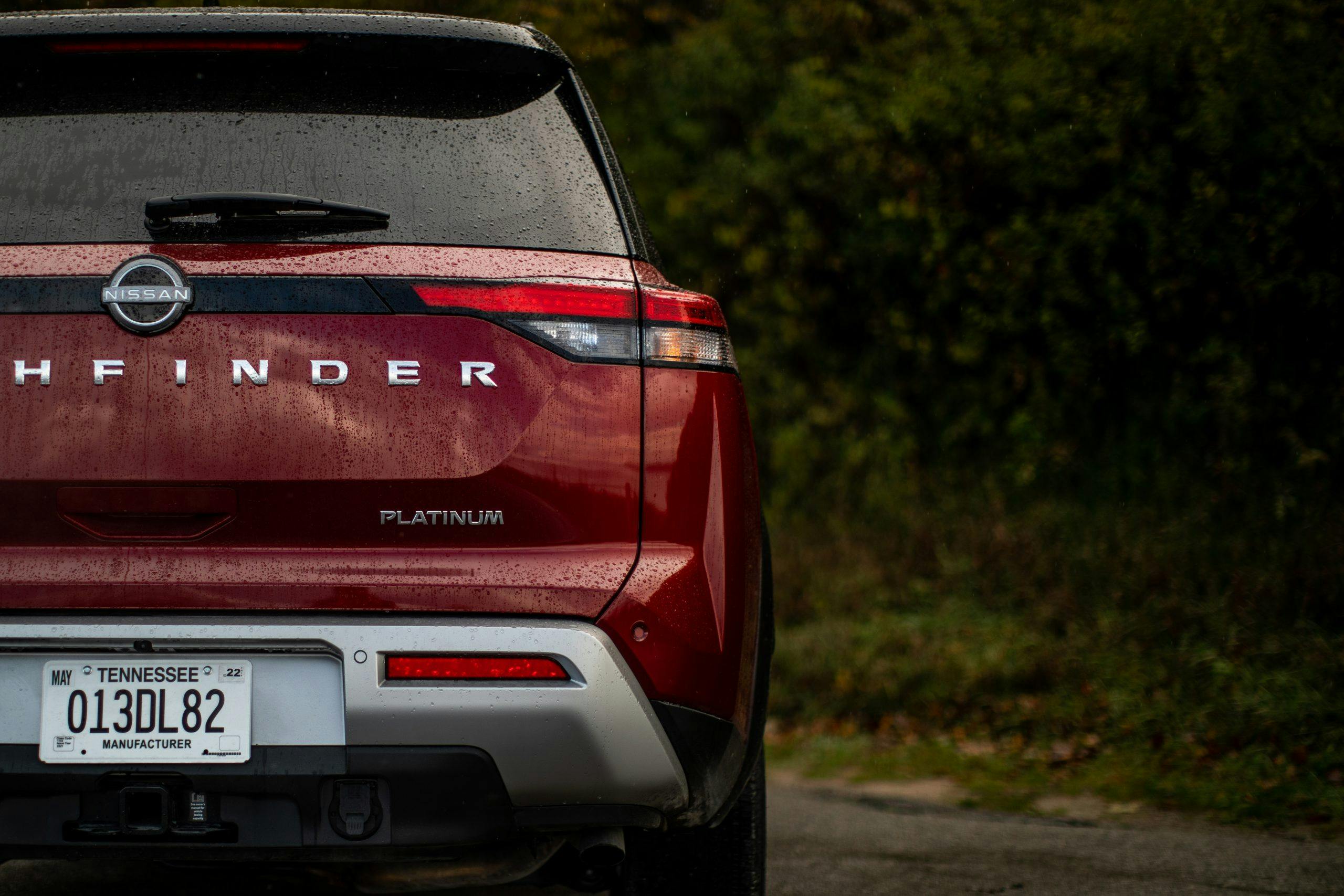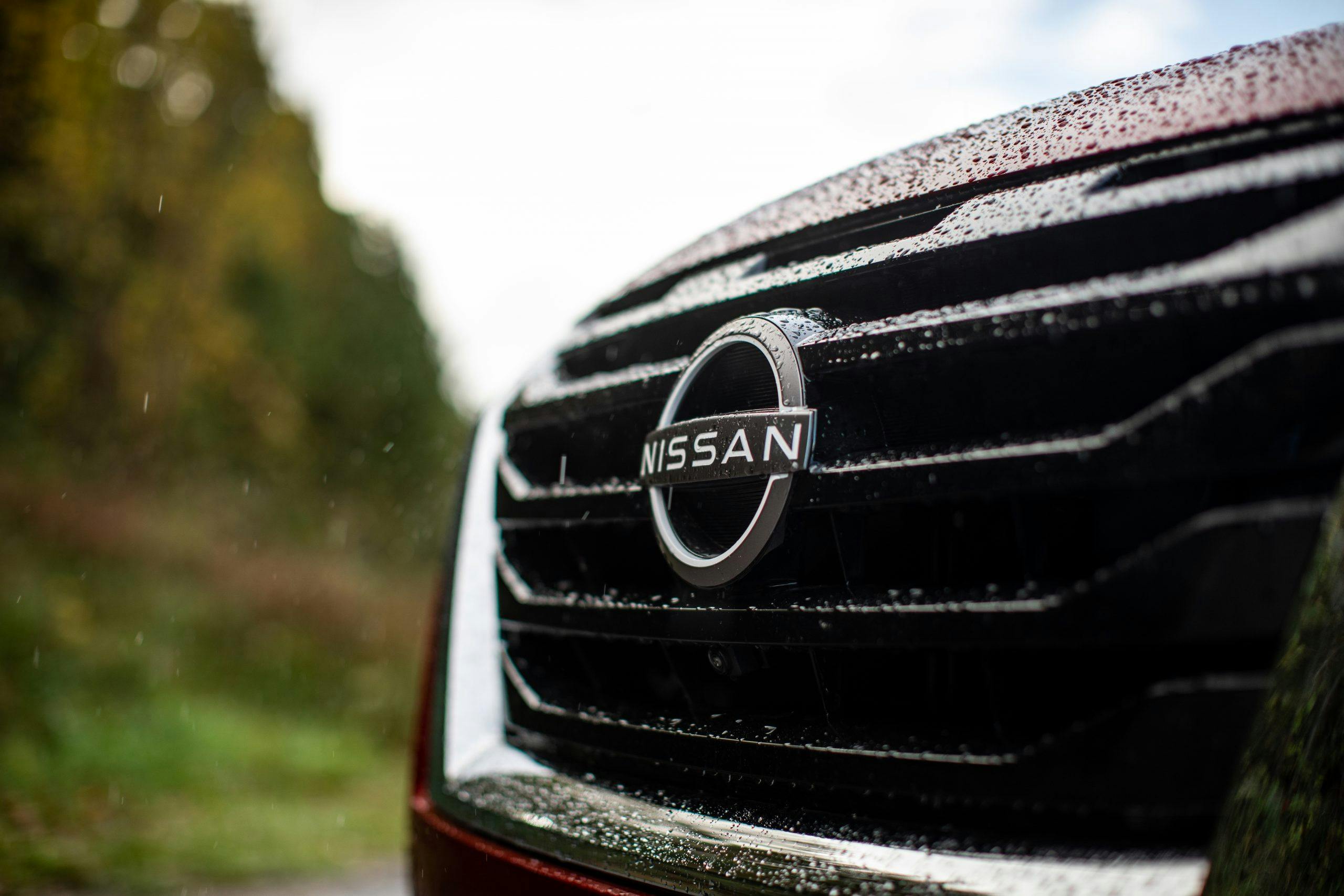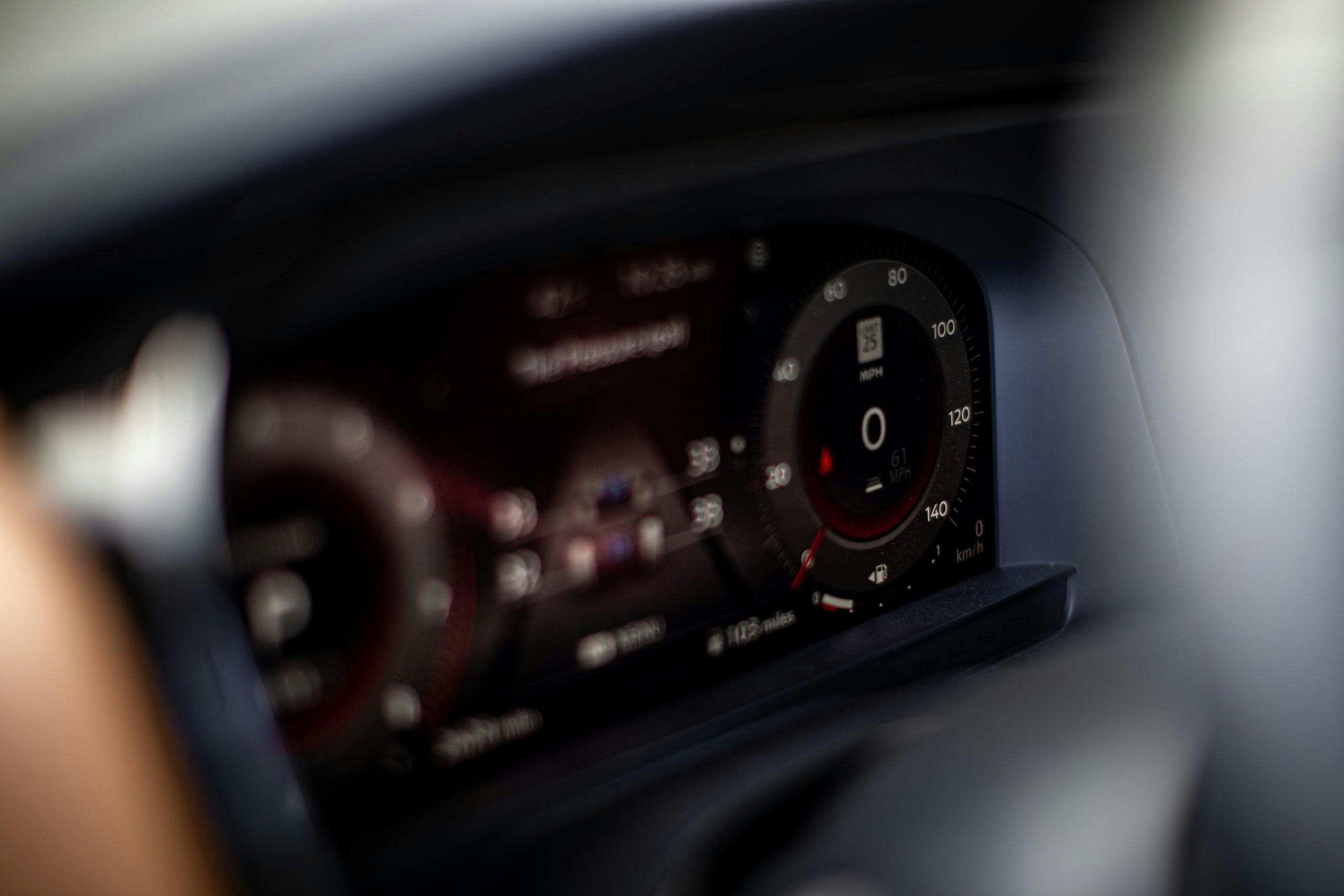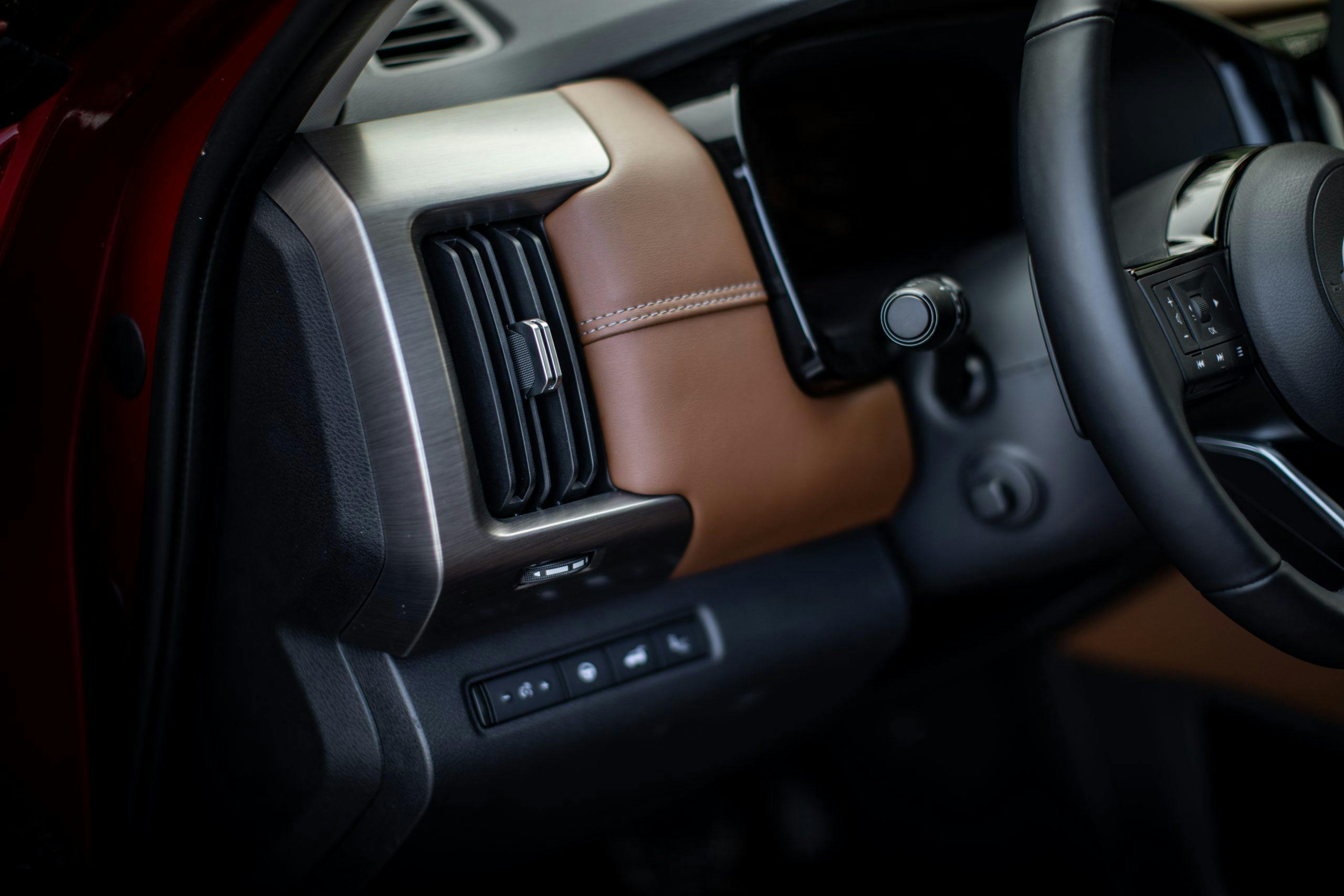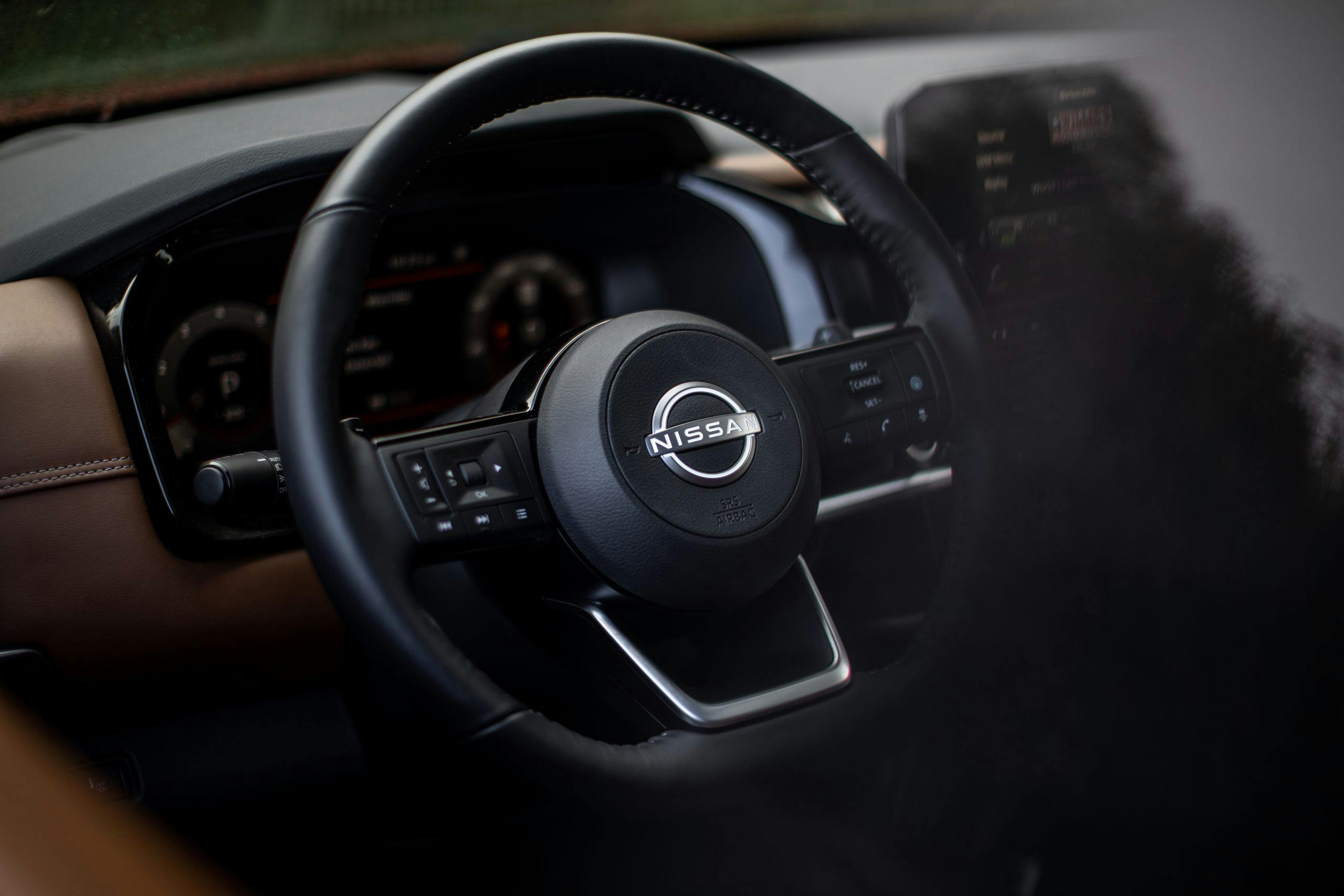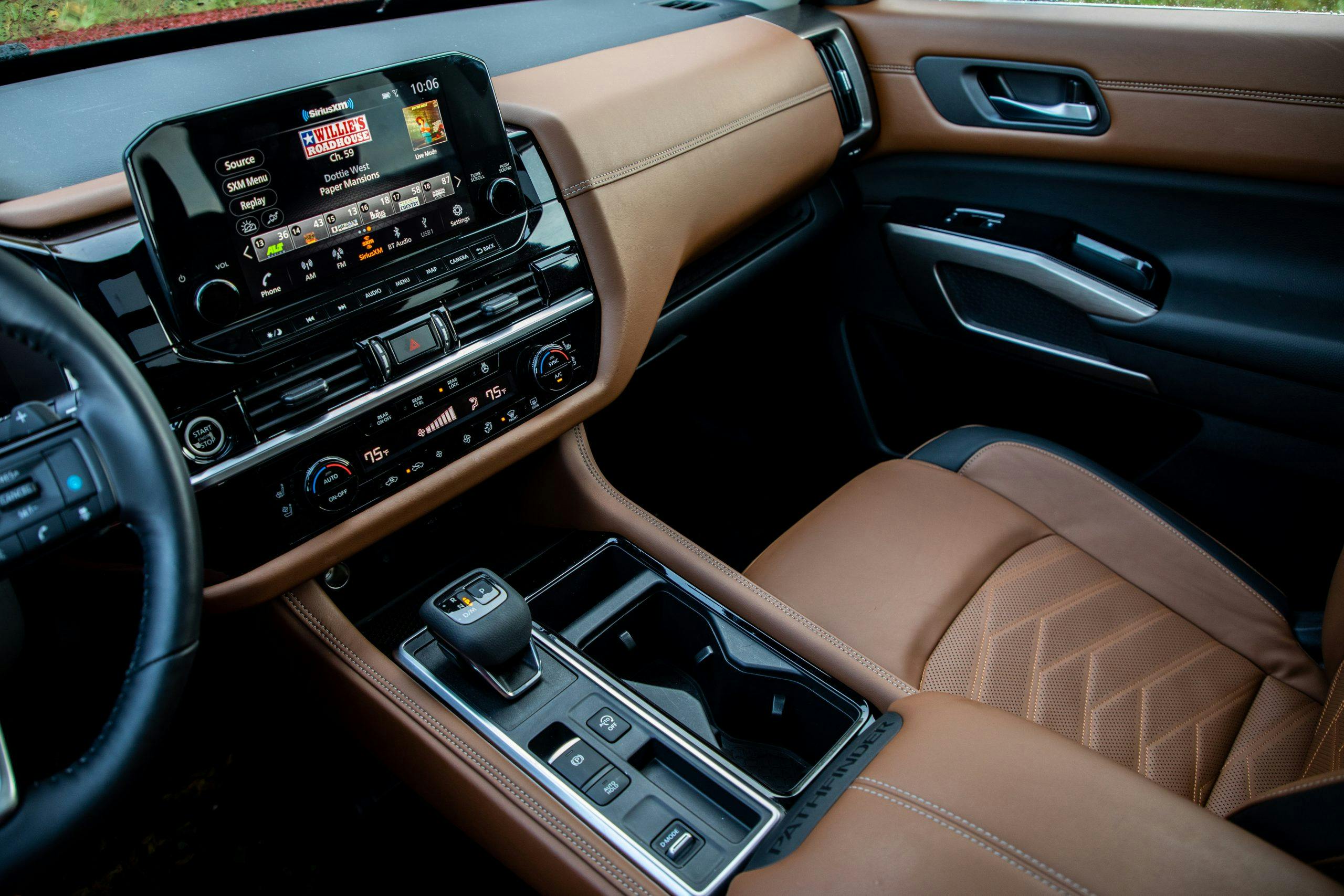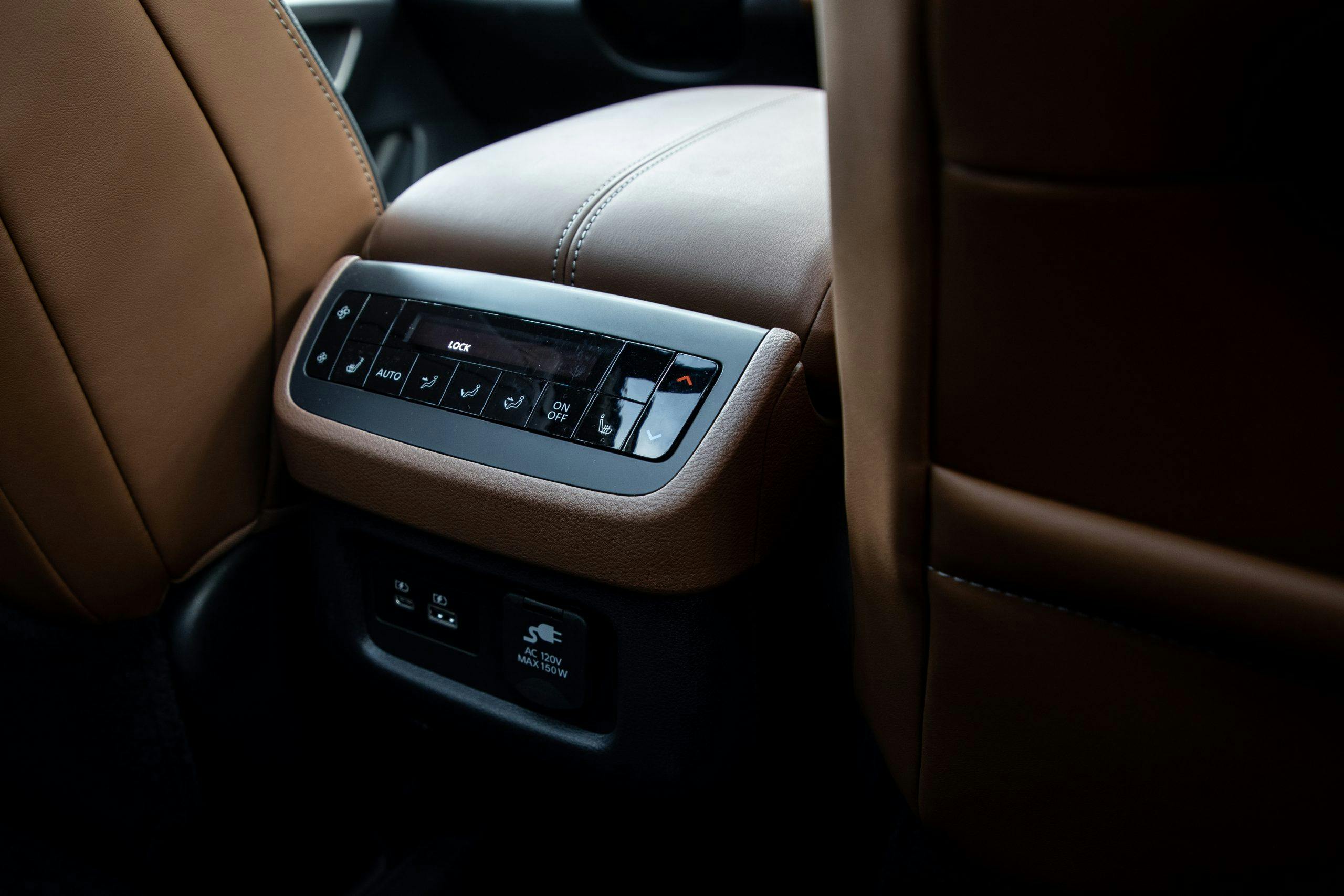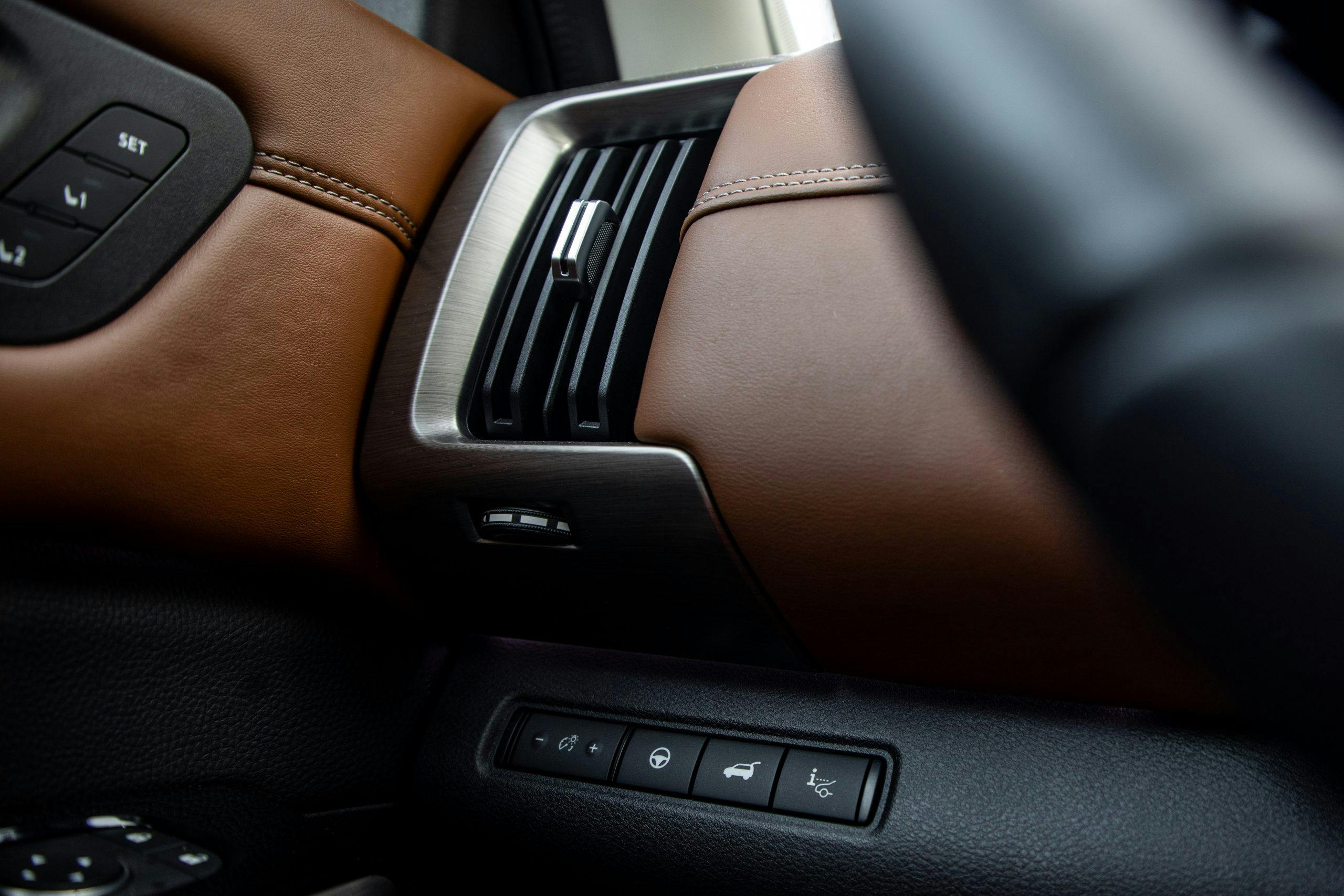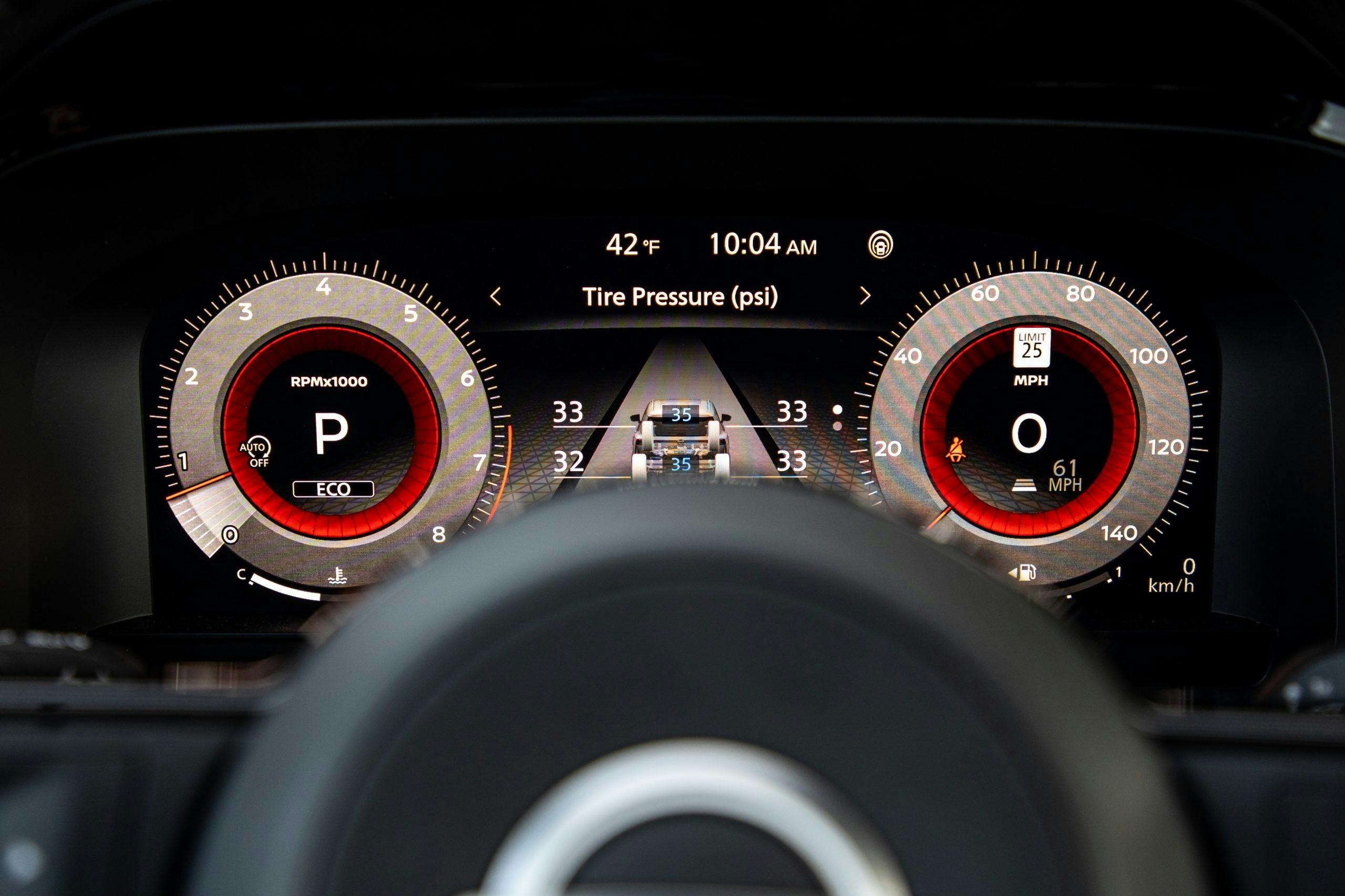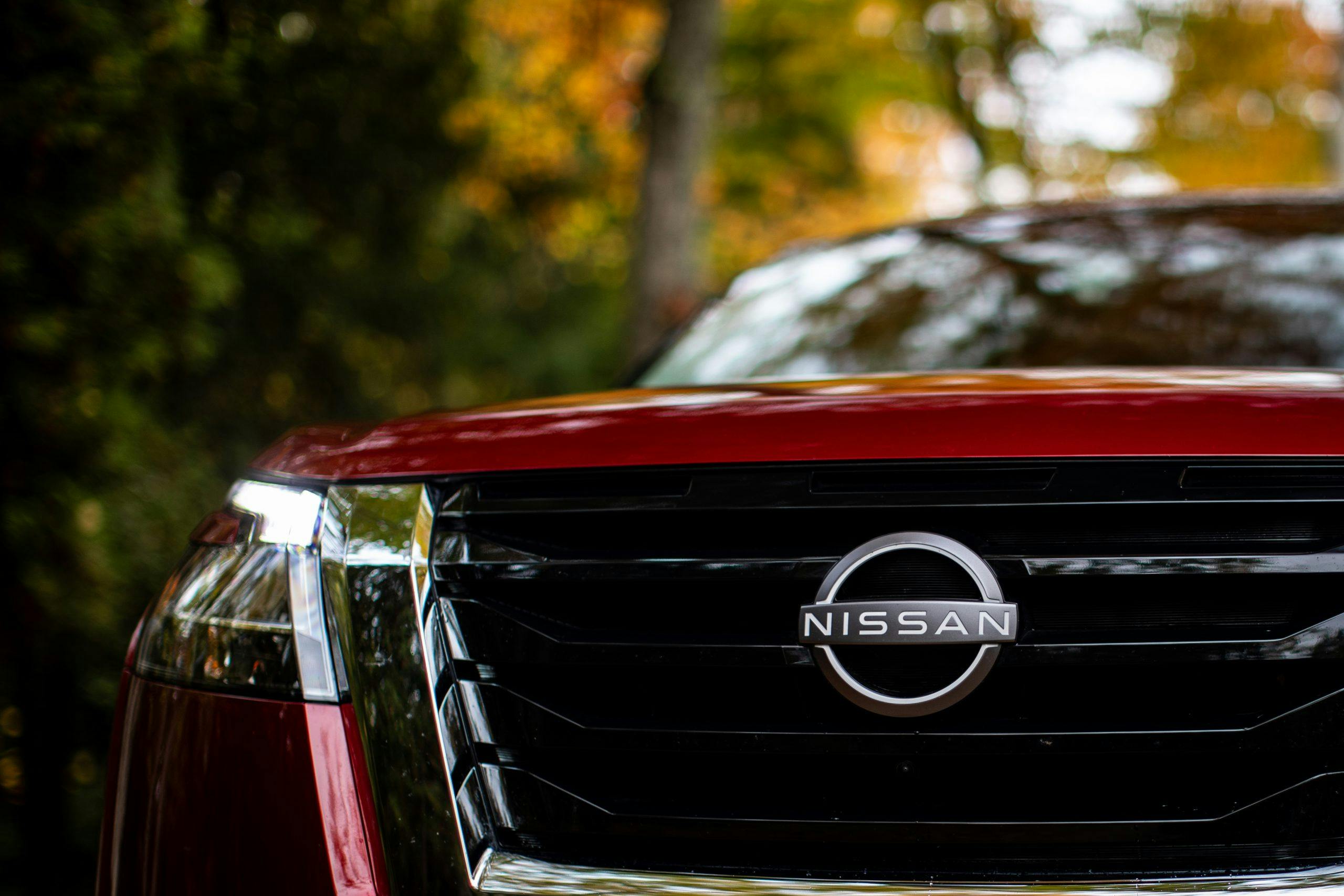Review: 2022 Nissan Pathfinder Platinum 2WD
Television writers have two choices when it becomes apparent, for whatever reason, that a cast member can no longer fulfill their duties in a given role.
- A) Activate what’s known as a character’s “Chuck Cunningham Syndrome” (named after the Cunningham’s eldest, who disappeared after season two of Happy Days). Series writers simply send the character away, anywhere from college to an early grave.
- B) Recast entirely, without ever acknowledging the substitution. Production replaces the underperformer with a new actor, ranging from bonafide doppelgänger to a simply better-looking alternative; think Michiel Huisman, the brown-eyed brunette who supplanted the original blue-eyed blonde playing Daario Naharis on Game of Thrones.
For years, Nissan has leaned on the latter method for its Pathfinder. For those of you old enough to remember the 1980s, the Pathfinder was initially a ladder-frame salvo against the Bronco II, Blazer, and 4Runner. By the mid-1990s, Nissan abandoned the rails and utilized a unibody platform for the second-gen Pathfinder. Then, came the third-gen, circa 2004, which found itself back on a truck frame. Finally, in 2014, Nissan introduced a bulbous and bland Pathfinder with unibody construction. Change, change, change.
In 2019, in the final full year of the fourth-gen’s tenure, Nissan sold 65,691 examples of this midsize SUV. Meanwhile, the Kia Telluride, which was not doubt cutting into Nissan’s numbers, shot from 58,604 units sold in 2019 to 75,129 in 2020. Critics of the homely, bean-shaped Pathfinder may have been satisfied with an all-out Chuck Cunningham, but Nissan wasn’t about to waver from its stalwart recasting strategy.

Enter the 2022 Nissan Pathfinder. A sign of the times, this new design is more rugged, broad-sided, and handsome than before, while retaining the unibody design from the previous generation. For our top-tier Platinum test rig, the three-row SUV rides on 20-inch alloy wheels nested inside off-road-like wheel wells. Hey, this new Pathfinder actually resembles a vehicle that can, uh, find paths. The shortened front overhang and stubby tail certainly appear suitable for light trail use, but you might be surprised to learn that the approach and departure angles are actually lower than in the outgoing Pathfinder.
If it’s all show and no go, at least the show is worth watching. The Telluride looks more upscale, but the Pathfinder is a lot more stylish than the Toyota Highlander or Honda Pilot. High-school-age kids who borrowed their parents’ 2005 model are now pushing 35 and might find themselves with A) enough disposable income to purchase a nearly-$50,000 sport utility, B) enough children to justify a vehicle with third-row seating, or C) a penchant to reminisce about their youth from behind the wheel of a familiar name in the family SUV game.
Today, sport utility vehicles serve as either lifted, urbanite-movers or off-road adventure buses, so Nissan offers two- and four-wheel-drive versions of the Pathfinder. Our Platinum tester was the latter and tacked on running boards ($730), carpeted floor mats ($255), a lighting package ($795), and two-tone Scarlet Ember and Super Black paint ($745). The Platinum trim also features brushed-metallic accents throughout the cabin, a rather elegant touch for a car in this segment. Its greenhouse is lofty and more evocative of the interior real estate you’d get in a Chevy Tahoe, perhaps at seven-eighths scale. (Headroom is best-in-class, in fact.) My father, who consistently complains about the claustrophobia induced by his GMC Acadia, reveled in the airiness, which is up more than 10 cubic-feet from the previous-generation Pathfinder.
With its wide console, numerous compartments, heated steering wheel, and cozy front seats, this SUV is a worthy road-tripper. The second-row buckets are stellar, and a robust third row makes the whole cabin a pleasant experience for passengers. Still, considering the $49,890 as-tested price tag, touchpoints should feel as good as they look. The door panels feel flimsy, and buttons lack the sense of weight you get in those of a VW Atlas. We admit that Nissan’s liberal use of chestnut-colored leather does wonders, though.
To move its fares, the Pathfinder is outfitted with Nissan’s 3.5-liter V-6 engine, producing 284 horsepower and 259 lb-ft of torque. That’s virtually identical in performance to the Telluride’s 3.8-liter V-6. New for this year, Nissan ditched the CVT and dropped in a nine-speed ZF transmission to shuffle the gears. It’s a smooth, whineless operator and comes standard with shift paddles should you feel the need to select gears, perhaps for uphill hauling and downhill engine braking. Even in Eco mode the drivetrain delivers plenty of chutzpah when the demand arrives for hard acceleration. And while we didn’t hitch the beast up to any trailers, the Pathfinder (with its tow package) is rated for a best-in-class 6000-lb towing capacity, which slots it a half-ton above the Telluride but still a half-ton under the truck-based Chevy Tahoe. Bringing the barge to a stop are disc brakes on all corners.
Maybe the best part about driving a reasonably large sport utility in 2022 is the amount of tech that makes it shrink for city maneuvering. For the Pathfinder it’s a joint effort between Nissan’s stellar 360-degree Around View and rear-facing cameras, plus the Safety Shield 360 (which includes automatic emergency braking with pedestrian detection, blind spot warning, rear cross traffic alert, lane departure warning). Adaptive cruise works well, even if the shortest programmable distance between cars leaves room for more aggressive motorists to cut you off. Even then, however, the system at one point slowed down by some twenty miles an hour without unpleasant or jerky brake stabs.
Not once in our drive, even in five o’clock congestion on tight city streets, did the 114.2-inch wheelbase feel unwieldy. A reworked steering rack provides a decent turn radius, and acceptable feel at high speeds. Lane assist is aggressive and feels like a sim racing force feedback wheel, so we disabled that feature for most of the drive. Out on the highway, the Pathfinder did feel rather bouncy and truck-like shuffling over highway expansion joints, despite the unibody construction and multi-link suspension.
The large 10.8-inch head-up display is wonderful with clear telemetry (speed, cruise speed, and desired following distance) and posted speed limit signs. The nine-inch touchscreen is easy to navigate, never glitched during our drive, and is flanked by two analog dials. Add a stellar Bose system to the mix and I’m transported to my grandma’s dining room table listening to Rupert Holmes through her wave radio, with plenty of bass and boom to fill the massive cabin. Thank you, Nissan.
A line of buttons underlines the screen and duplicates such items as the “Menu” or “Map.” While it looks awkward, it’s ultimately helpful in that way the home screen buttons were on old iPhones. The physical radio and tuning knobs are also most welcome. Our main knock here is the occasional plastic squeak from the buttons and screen on rockier roads; given the Pathfinder’s “return to rugged” messaging, this should be addressed.
The new Nissan Pathfinder can rightfully join the rest of the midsize troupe of worthy three-row sport utilities. If you’re in the hunt for family hauler and want something a touch more posh-looking than a Pilot or Atlas, give the Pathfinder a chance. At the very least it’s a big improvement for longtime model loyalists, who will most certainly prefer the second Daario Naharis to the first.
2022 Nissan Pathfinder Platinum 2WD
Base price/As tested: $49,890, including $1175 destination charge.
Highs: Spacious interior with comfy chairs and lovely materials, truck-level towing capability, and large clearance for boat ramps and tricky trails alike.
Lows: Lacking that final tenth in interior design and ride, could use more heft in interior construction.
Summary: The Pathfinder’s recasting brings overdue benefits to Nissan’s long-running utility, but even the best makeup can’t fully mask a few imperfections.

